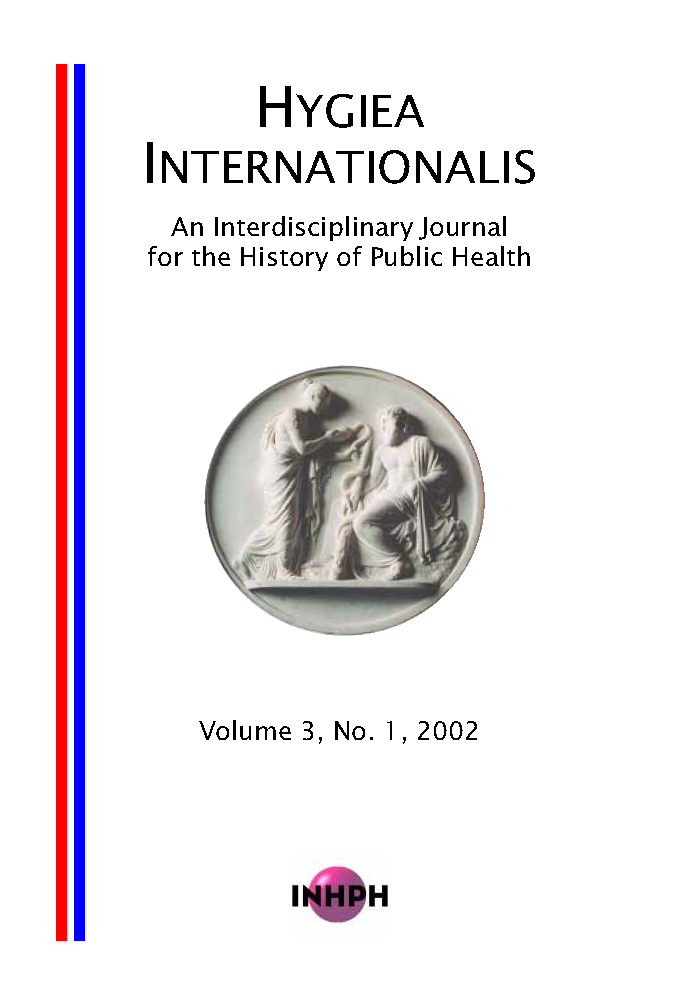Illegitimacy, Infant Feeding Practices and Infant Survival in Sweden 1750-1950
A Regional Analysis
DOI:
https://doi.org/10.3384/hygiea.1403-8668.023113Keywords:
Infant mortality, mortality decline, breast-feeding, illigitimate infantAbstract
The purpose of this study is to examine regional variations in infant mortality and how these were related to the improvements in the survival of infants.Were there distinct regional differences in infant mortality during the early nineteenth century, that is, at the outset of the decline of infant mortality? Did these patterns change as mortality declined? One of the most important factors influencing levels of infant mortality is related to infant feeding practices, in particular breast-feeding.Are variations in the frequency of breast-feeding related to regional variations in infant mortality? Illegitimate infant mortality has been shown to be consistently higher than legitimate infant mortality. Were there variations in illegitimate infant mortality and did these change as infant mortality declined?Downloads
Published
2002-12-18
How to Cite
Brändström, A., Edvinsson, S., & Rogers, J. (2002). Illegitimacy, Infant Feeding Practices and Infant Survival in Sweden 1750-1950: A Regional Analysis. Hygiea Internationalis: An Interdisciplinary Journal for the History of Public Health, 3(1), 13–52. https://doi.org/10.3384/hygiea.1403-8668.023113
Issue
Section
Articles
License
Copyright (c) 2002 the Author(s)

This work is licensed under a Creative Commons Attribution-NonCommercial 4.0 International License.






